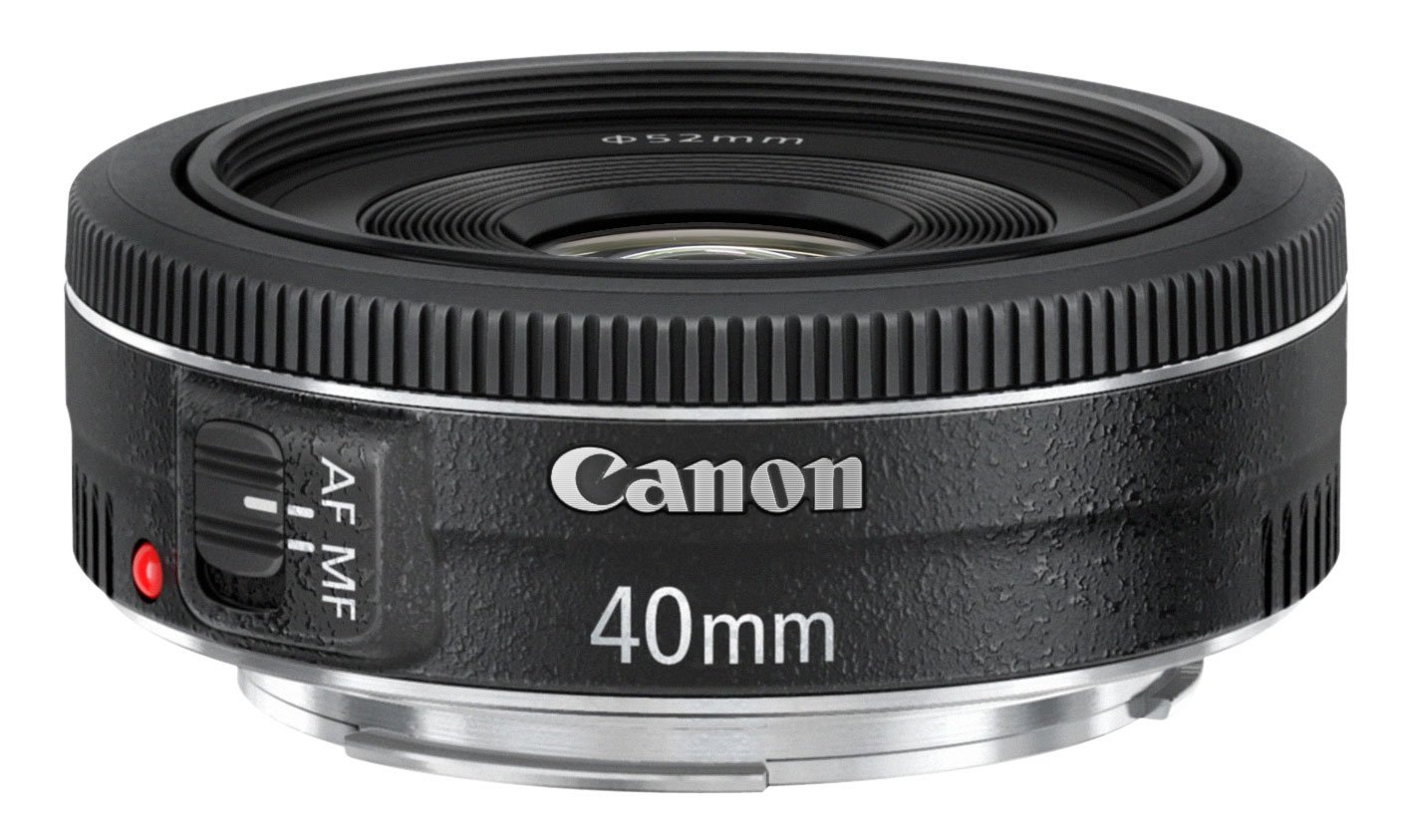
Canon EF 40mm f2.8 STM review
-
-
Written by Gordon Laing
Quality
Canon EF 40mm f2.8 STM quality on Canon EOS 5D Mark III
To evaluate the real-life performance of the Canon EF 40mm f2.8 STM, I shot this landscape scene with every aperture setting using a Canon EOS 5D Mark III mounted on a tripod.
The EOS 5D Mark III was set to its base sensitivity of 100 ISO and the lens manually focused on the center of the composition using magnified Live View assistance.
I’ve taken three crops from each image, indicated by the red squares on the image opposite. The second square represents the corner of images taken with a cropped APS-C body.
I shot the scene using the EOS 5D Mark III’s RAW mode and processed the files in Adobe Camera RAW (ACR) via Photoshop using the following settings: Sharpening at 70 / 0.5 / 36 / 10, Luminance and Colour Noise Reduction both set to zero, and the Process to 2012 with the Adobe Standard profile. The high degree of sharpening with a small radius enhances the finest details without causing undesirable artefacts. All lens corrections were disabled, so there’s no additional software compensation for vignetting, geometric distortion or chromatic aberrations.
With the aperture wide-open there’s the expected darkening in the corners of the frame, although underneath there’s still plenty of fine details being recorded; if you applied vignetting or peripheral illumination correction, you could lift this darkness and end up with a respectable result. Meanwhile the center of the frame is impressively sharp even with the aperture wide open. There’s little to complain about here.
Close the aperture to f4 and you’ll eliminate most – but not quite all – of the darkening in the corners, while also enjoying a small boost in sharpness. Turning to the center of the frame, pixel-peepers may notice a minor boost in crispness and contrast, but considering the lens already looked great in the middle at f2.8, there was little for it go in this respect.
At f5.6, the aperture has cured the lens of any perceptible darkening in the corners, while also offering another minor boost in detail. Since closing the aperture to f5.6 doesn’t compromise center detail, I’d say this is the sweetspot for the lens in terms of sharpness across the whole frame. Closing it further to f8 doesn’t improve the sharpness, but has resulted in a minor reduction in contrast – nothing to be concerned about yet, but it confirms f5.6 as the ideal aperture for detail and contrast across the frame while eliminating optical aberrations.
As mentioned earlier though, these crops are completely uncorrected. Once again if you were to apply peripheral illumination correction, you could reduce or eliminate the darkening in the corners at larger apertures. Ultimately the corners at f4 and f2.8 still wouldn’t be quite as crisp as at f5.6, but they’d still look very good. So overall a great start for the EF 40mm f2.8 STM when viewed in isolation, but what about when compared against another lens? Scroll down and you’ll see three sets of results comparing the full-frame corner, APS-C cropped corner and center results against the popular EF 24-105mm f4L zoom when set to 40mm.
Canon EF 40mm f2.8 STM corner sharpness Using Canon EOS 5D Mark III and Adobe Camera RAW | Canon EF 40mm f2.8 STM center sharpness Using Canon EOS 5D Mark III and Adobe Camera RAW | |
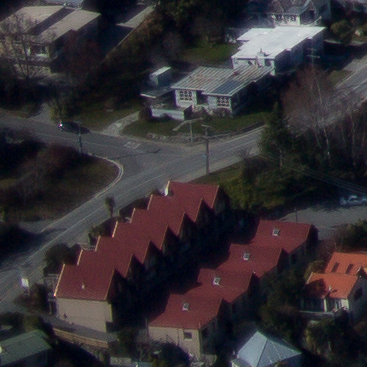 | 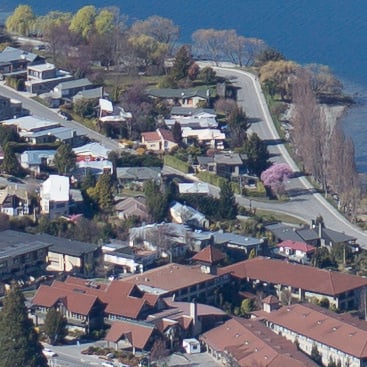 | |
Canon EF 40mm f2.8 STM corner crop at f2.8 | Canon EF 40mm f2.8 STM center crop at f2.8 | |
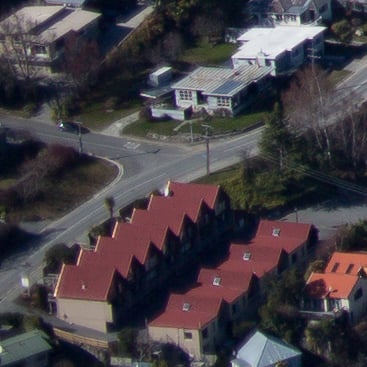 | 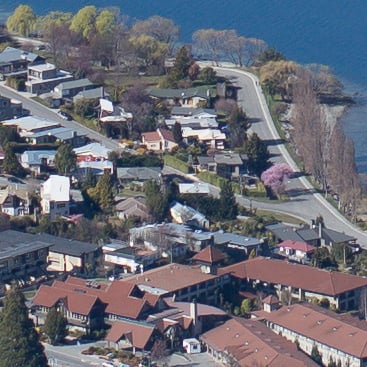 | |
Canon EF 40mm f2.8 STM corner crop at f4 | Canon EF 40mm f2.8 STM center crop at f4 | |
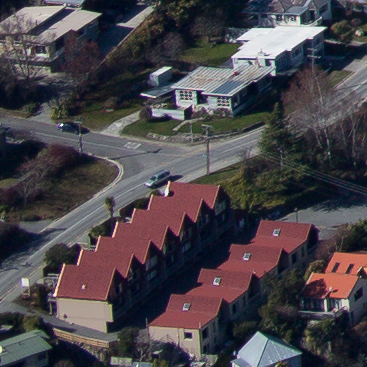 | 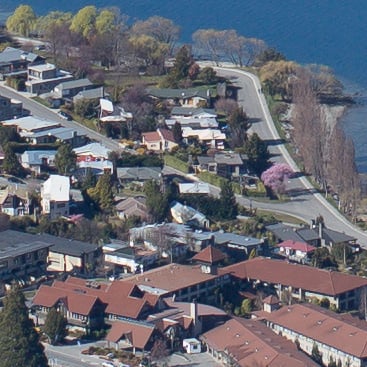 | |
Canon EF 40mm f2.8 STM corner crop at f5.6 | Canon EF 40mm f2.8 STM center crop at f5.6 | |
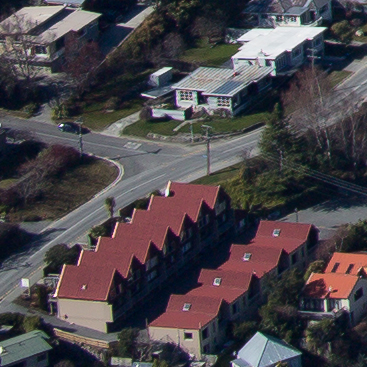 | 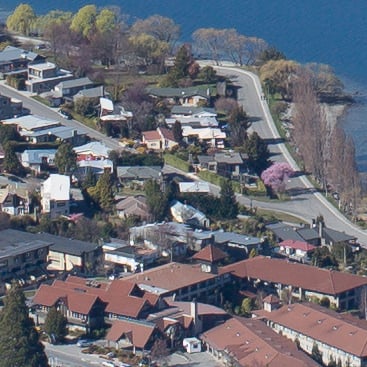 | |
Canon EF 40mm f2.8 STM corner crop at f8 | Canon EF 40mm f2.8 STM center crop at f8 |
Canon EF 40mm f2.8 STM vs EF 24-105mm f4L at 40mm corner quality (full-frame)
To compare the real-life performance of the Canon EF 40mm f2.8 STM against the EF 24-105mm f4L (at 40mm), I shot this landscape scene with every aperture setting using a Canon EOS 5D Mark III mounted on a tripod.The EOS 5D Mark III was set to its base sensitivity of 100 ISO and the lens manually focused on the center of the composition using magnified Live View assistance.This first table compares the full-frame corner performance marked on the image opposite by the red square in the bottom left corner.
I shot the scene using the Canon EOS 5D Mark III’s RAW mode and processed the files in Adobe Camera RAW (ACR) via Photoshop using the following settings: Sharpening at 70 / 0.5 / 36 / 10, Luminance and Colour Noise Reduction both set to zero, and the Process to 2012 with the Adobe Standard profile. The high degree of sharpening with a small radius enhances the finest details without causing undesirable artefacts. All lens corrections were disabled, so there’s no additional software compensation for vignetting, geometric distortion or chromatic aberrations.
First things first, the EF 24-105mm f4L when set to 40mm – and reporting 40mm in its EXIF data – was actually capturing a fractionally narrower field of view than the EF 40mm f2.8 STM. Maybe the pancake is a little wider than it’s reporting or the zoom a little longer, but in this first comparison I’ve had to take an additional set of crops from the full-frame corner to match-up. We’re talking about minor differences here, but I still wanted to explain why the cropped area here is a little different to the first set of results above.
It doesn’t take a pixel-peeper to spot the difference in quality though. The EF 40mm f2.8 STM is sharp in the corners even with the aperture wide open and only suffers from some darkening which is easily corrected. At f4, most of the darkening has been eliminated and you’re left with a result that’s noticeably sharper than the EF 24-105mm f4L at 40mm. Closing the aperture down to f5.6 and then to f8 does little to improve the quality of the zoom in the corner, leaving the pancake prime in the lead.
Of course this shouldn’t come as too much of a surprise. Zooms rarely match, let alone beat prime lenses, even if they’re ‘L’ zooms. Zoom lenses also tend to deliver variable performance throughout their ranges, so 40mm may not be a highlight for the 24-105mm. But excuses aside, the little pancake prime is really holding its own here against the high-end zoom. These are the results in the extreme corners of a full-frame image though. To find out how they compare in the corners of a smaller, more forgiving APS-C cropped format, scroll down.
Canon EF 40mm f2.8 STM corner sharpness (FF) Using Canon EOS 5D Mark III and Adobe Camera RAW | Canon EF 24-105mm f4L at 40mm corner sharpness (FF) Using Canon EOS 5D Mark III and Adobe Camera RAW | |
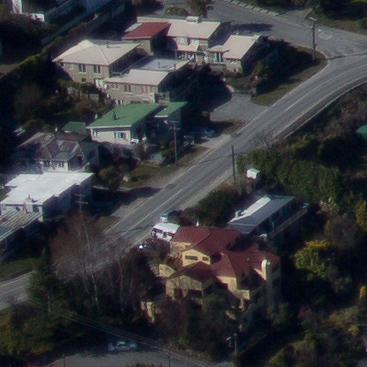 | ||
Canon EF 40mm f2.8 STM corner crop at f2.8 | Canon EF 24-105mm f4L at 40mm corner crop at f2.8 n/a | |
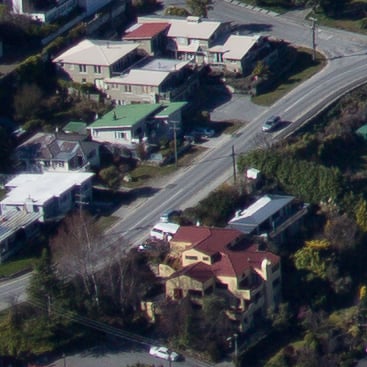 | 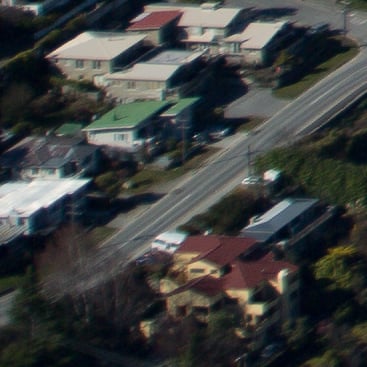 | |
Canon EF 40mm f2.8 STM corner crop at f4 | Canon EF 24-105mm f4L at 40mm corner crop at f4 | |
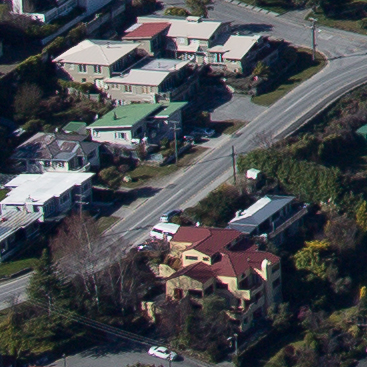 |  | |
Canon EF 40mm f2.8 STM corner crop at f5.6 | Canon EF 24-105mm f4L at 40mm corner crop at f5.6 | |
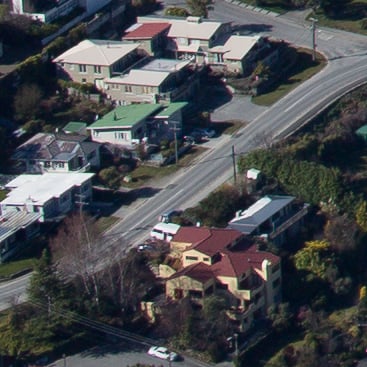 |  | |
Canon EF 40mm f2.8 STM corner crop at f8 | Canon EF 24-105mm f4L at 40mm corner crop at f8 |
|
Canon EF 40mm f2.8 STM vs EF 24-105mm f4L at 40mm corner quality (APS-C) To compare the real-life performance of the Canon EF 40mm f2.8 STM against the EF 24-105mm f4L (at 40mm), I shot this landscape scene with every aperture setting using a Canon EOS 5D Mark III mounted on a tripod.The EOS 5D Mark III was set to its base sensitivity of 100 ISO and the lens manually focused on the center of the composition using magnified Live View assistance.This second table compares the APS-C corner performance marked on the image opposite by the second red square. I shot the scene using the Canon EOS 5D Mark III’s RAW mode and processed the files in Adobe Camera RAW (ACR) via Photoshop using the following settings: Sharpening at 70 / 0.5 / 36 / 10, Luminance and Colour Noise Reduction both set to zero, and the Process to 2012 with the Adobe Standard profile. The high degree of sharpening with a small radius enhances the finest details without causing undesirable artefacts. All lens corrections were disabled, so there’s no additional software compensation for vignetting, geometric distortion or chromatic aberrations. This time we’re comparing the quality in the corners of the smaller APS-C cropped frame, and as you’d expect, this has alleviated much of the visible darkening in the corners of the EF 40mm f2.8 STM. The sharpness is also very good, so I reckon most people would be very happy with the results on an APS-C body even with the aperture wide open at f2.8, although you could of course apply peripheral illumination correction and eliminate what little corner darkening is present. Certainly by f4, there’s absolutely no complaints with the EF 40mm f2.8 STM on a cropped body even without any corrections applied. In contrast, the EF 24-105mm f4L at 40mm is still struggling to deliver sharp details in the corners of even the more forgiving APS-C frame size – at least at the focal length of 40mm. As before, closing the aperture doesn’t seem to improve matters either. 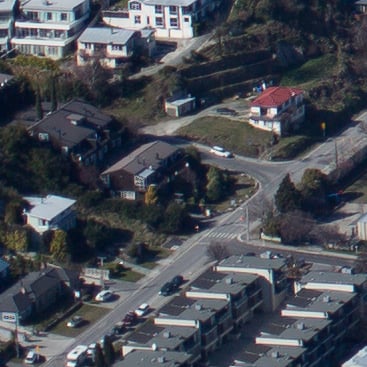 But what about in the middle of the frame? Scroll down to see how these two lenses compare in the center of their images. |
Canon EF 40mm f2.8 STM corner sharpness (APS-C) Using Canon EOS 5D Mark III and Adobe Camera RAW | Canon EF 24-105mm f4L at 40mm corner sharpness (APS-C) Using Canon EOS 5D Mark III and Adobe Camera RAW | |
Canon EF 40mm f2.8 STM APS-C corner crop at f2.8 | Canon EF 24-105mm f4L at 40mm APS-C corner crop at f2.8 n/a | |
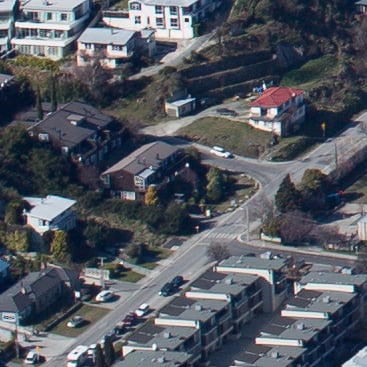 | 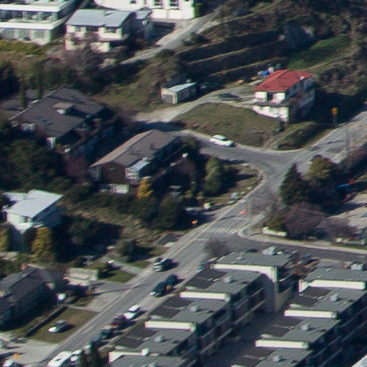 | |
Canon EF 40mm f2.8 STM APS-C corner crop at f4 | Canon EF 24-105mm f4L at 40mm APS-C corner crop at f4 | |
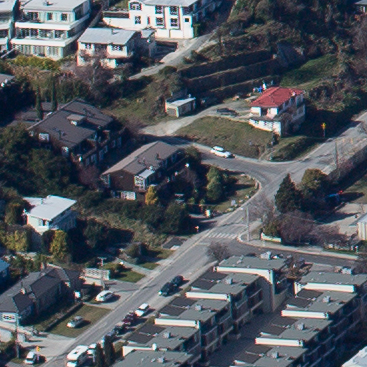 | 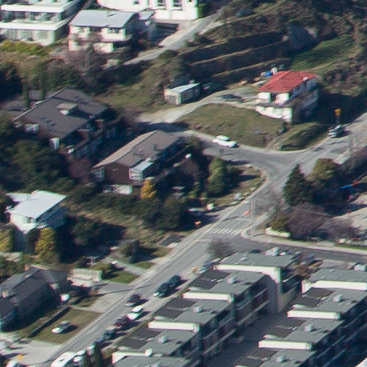 | |
Canon EF 40mm f2.8 STM APS-C corner crop at f5.6 | Canon EF 24-105mm f4L at 40mm APS-C corner crop at f5.6 | |
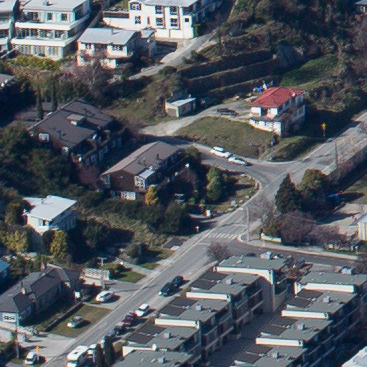 | 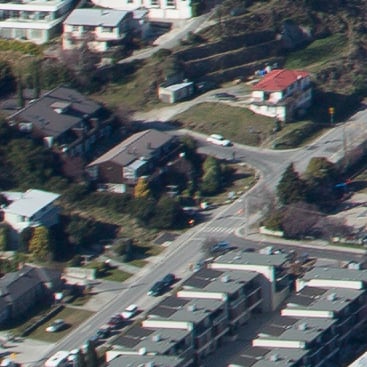 | |
Canon EF 40mm f2.8 STM APS-C corner crop at f8 | Canon EF 24-105mm f4L at 40mm APS-C corner crop at f8 |
Canon EF 40mm f2.8 STM vs EF 24-105mm f4L at 40mm center qualityTo compare the real-life performance of the Canon EF 40mm f2.8 STM against the EF 24-105mm f4L (at 40mm), I shot this landscape scene with every aperture setting using a Canon EOS 5D Mark III mounted on a tripod.The EOS 5D Mark III was set to its base sensitivity of 100 ISO and the lens manually focused on the center of the composition using magnified Live View assistance.This third table compares the performance in the middle of the frame, marked by the red square in the centre of the image opposite.I shot the scene using the Canon EOS 5D Mark III’s RAW mode and processed the files in Adobe Camera RAW (ACR) via Photoshop using the following settings: Sharpening at 70 / 0.5 / 36 / 10, Luminance and Colour Noise Reduction both set to zero, and the Process to 2012 with the Adobe Standard profile. The high degree of sharpening with a small radius enhances the finest details without causing undesirable artefacts. All lens corrections were disabled, so there’s no additional software compensation for vignetting, geometric distortion or chromatic aberrations.In the table below I’m comparing the quality in the middle of the frame, and as you’d hope, both lenses deliver great results. Indeed I’d say there’s essentially nothing between them in the middle, apart from the fact the EF 40mm can deliver this degree of quality with the benefit of an extra stop of light gathering power.So far this is a great result for the EF 40mm f2.8 STM pancake lens, but many people will be wondering how it compares to the EF 50mm f1.8 II. Obviously their focal lengths don’t match, so we can’t make direct comparisons on a distant landscape shot, but what you can do is compare the actual degree of sharpness and visible aberrations, so that’s what I’ll do in the next section below. Scroll down to see how they compare, or if you prefer, skip straight to Canon 40mm bokeh / Canon 40mm verdict) |
Canon EF 40mm f2.8 STM center sharpness Using Canon EOS 5D Mark III and Adobe Camera RAW | Canon EF 24-105mm f4L at 40mm center sharpness Using Canon EOS 5D Mark III and Adobe Camera RAW | |
 | ||
Canon EF 40mm f2.8 STM center crop at f2.8 | Canon EF 24-105mm f4L at 40mm center crop at f2.8 n/a | |
 | 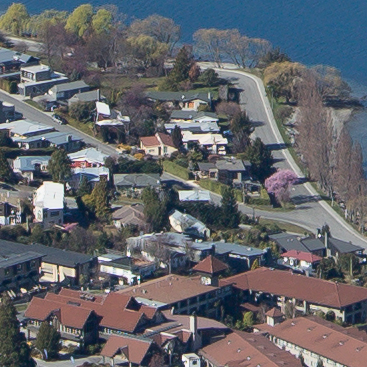 | |
Canon EF 40mm f2.8 STM center crop at f4 | Canon EF 24-105mm f4L at 40mm center crop at f4 | |
 | 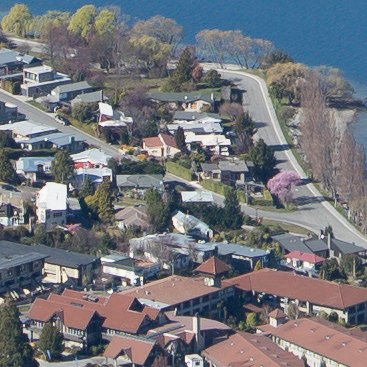 | |
Canon EF 40mm f2.8 STM center crop at f5.6 | Canon EF 24-105mm f4L at 40mm center crop at f5.6 | |
 | 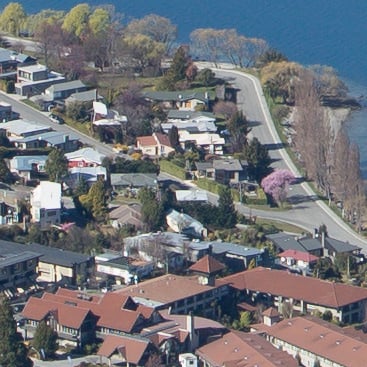 | |
Canon EF 40mm f2.8 STM center crop at f8 | Canon EF 24-105mm f4L at 40mm center crop at f8 |
| Canon EF 40mm f2.8 STM vs EF 50mm f1.8 corner quality (full-frame)To compare the real-life performance of the Canon EF 40mm f2.8 STM against the EF 50mm f1.8 II, I shot this landscape scene with every aperture setting using a Canon EOS 5D Mark III mounted on a tripod.The EOS 5D Mark III was set to its base sensitivity of 100 ISO and the lens manually focused on the center of the composition using magnified Live View assistance.This first table compares the full-frame corner performance marked on the image opposite from the 40mm by the red square in the bottom left corner. With different focal lengths, the 40 and 50mm will obviously show different areas in their crops, but we can still compare their relative sharpness. I shot the scene using the Canon EOS 5D Mark III’s RAW mode and processed the files in Adobe Camera RAW (ACR) via Photoshop using the following settings: Sharpening at 70 / 0.5 / 36 / 10, Luminance and Colour Noise Reduction both set to zero, and the Process to 2012 with the Adobe Standard profile. The high degree of sharpening with a small radius enhances the finest details without causing undesirable artefacts. All lens corrections were disabled, so there’s no additional software compensation for vignetting, geometric distortion or chromatic aberrations. In the table below I’ve compared the quality in the full-frame corner using both lenses. Obviously their focal lengths don’t match, so crops taken from the same parts of the frame (of a distant landscape shot) won’t show the same details, but what you can do is compare the actual degree of sharpness and visible aberrations. It’s not an ideal comparison, but still useful to compare their relative performance. The EF 50mm f1.8 II kicks-off the comparison with its brighter focal ratio, but at f1.8 and f2.0, the far corners of the full-frame image are marred by significant darkening and softness of fine details. At f2.8, I’d say the EF 40mm f2.8 STM certainly delivers superior-looking results in the far corner of the full-frame image. At f4, the EF 50mm f1.8 II is finally beginning to settle-down, but remains out-performed by the EF 40mm f2.8 STM. Close the 50mm down to f8 and the corners have almost become perfect, but again it’s revealing that the corners already were essentially perfect on the EF 40mm f2.8 STM between f4 and f5.6. So when it comes to corner sharpness, the little pancake can out-perform the EF 50mm f1.8 II at matching apertures, although of course the 50mm offers just over one stop more light gathering power if you need it plus its benefit in delivering a shallower depth of field. 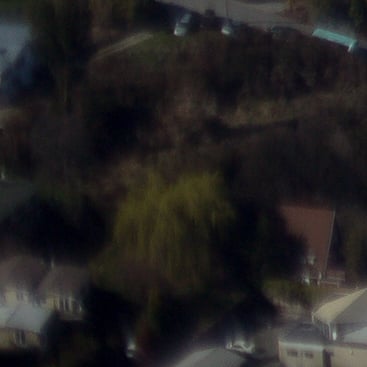 To see how they compare in the corner of the more forgiving APS-C frame, scroll down. |
Canon EF 40mm f2.8 STM corner sharpness (FF) Using Canon EOS 5D Mark III and Adobe Camera RAW | Canon EF 50mm f1.8 corner sharpness (FF) Using Canon EOS 5D Mark III and Adobe Camera RAW | |
Canon EF 40mm f2.8 STM corner crop at f1.8 n/a | Canon EF 50mm f1.8 II corner crop at f1.8 | |
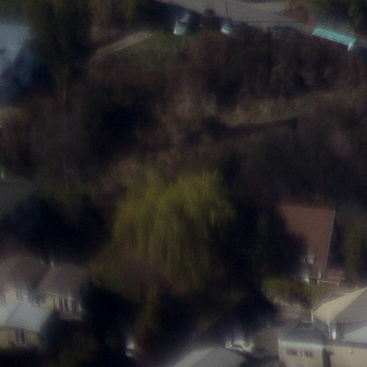 | ||
Canon EF 40mm f2.8 STM corner crop at f2 n/a | Canon EF 50mm f1.8 II corner crop at f2 | |
 | 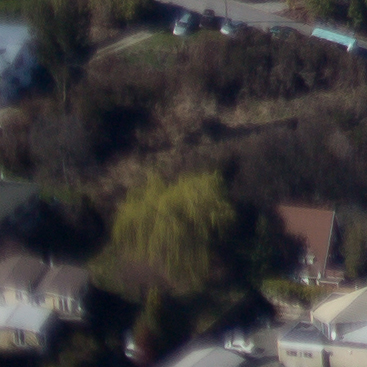 | |
Canon EF 40mm f2.8 STM corner crop at f2.8 | Canon EF 50mm f1.8 II corner crop at f2.8 | |
 | 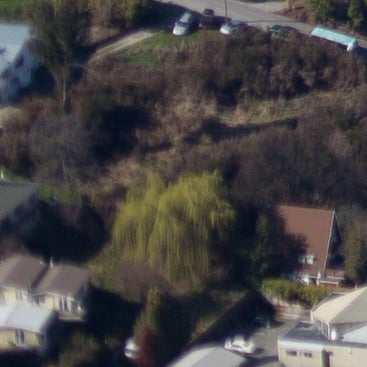 | |
Canon EF 40mm f2.8 STM corner crop at f4 | Canon EF 50mm f1.8 II corner crop at f4 | |
 | 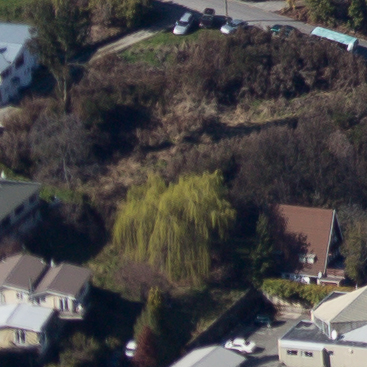 | |
Canon EF 40mm f2.8 STM corner crop at f5.6 | Canon EF 50mm f1.8 II corner crop at f5.6 | |
 | 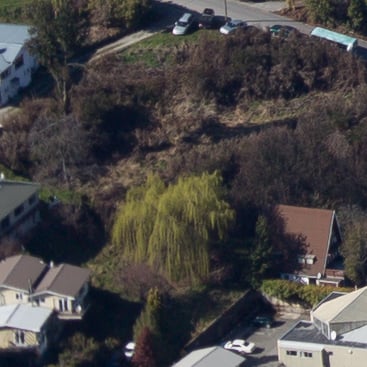 | |
Canon EF 40mm f2.8 STM corner crop at f8 | Canon EF 50mm f1.8 II corner crop at f8 |
Canon EF 40mm f2.8 STM vs EF 50mm f1.8 corner quality (APS-C)To compare the real-life performance of the Canon EF 40mm f2.8 STM against the EF 50mm f1.8 II, I shot this landscape scene with every aperture setting using a Canon EOS 5D Mark III mounted on a tripod.The EOS 5D Mark III was set to its base sensitivity of 100 ISO and the lens manually focused on the center of the composition using magnified Live View assistance.This next table compares the APS-C corner performance marked on the image opposite from the 40mm by the second red square. With different focal lengths, the 40 and 50mm will obviously show different areas in their crops, but we can still compare their relative sharpness.I shot the scene using the Canon EOS 5D Mark III’s RAW mode and processed the files in Adobe Camera RAW (ACR) via Photoshop using the following settings: Sharpening at 70 / 0.5 / 36 / 10, Luminance and Colour Noise Reduction both set to zero, and the Process to 2012 with the Adobe Standard profile. The high degree of sharpening with a small radius enhances the finest details without causing undesirable artefacts. All lens corrections were disabled, so there’s no additional software compensation for vignetting, geometric distortion or chromatic aberrations.In the table below I’ve compared the quality in the smaller APS-C corner using both lenses. Obviously their focal lengths don’t match, so crops taken from the same parts of the frame (of a distant landscape shot) won’t show the same details, but what you can do is compare the actual degree of sharpness and visible aberrations. It’s not an ideal comparison, but still useful to compare their relative performance.This time the smaller, more forgiving APS-C frame has been a lot more gentle on the EF 50mm f1.8 II. At f1.8 and f2, there’s softness and lower contrast, but at least vignetting isn’t an issue anymore and you can actually recognise what you’re looking at.Indeed by f2.8 when the pancake joins-in, the EF 50mm f1.8 II has improved a great deal, although I’d still say the EF 40mm f2.8 STM is delivering sharper details even if some vignetting is still visible. At f4 though, the EF 50mm f1.8 II image improves to a point where I’d place both lenses neck-in-neck. And while we can’t compare the same details with their different focal lengths, the EF 50mm f1.8 II looks a little crisper and more contrasty to me at f5.6 and f8 than the pancake. So while the EF 40mm f2.8 STM out-performs the EF 50mm f1.8 II in the corner of the APS-C frame at f2.8, the result is a tie at f4 and the 50mm arguably nudges ahead at f5.6 and f8. And once again the 50mm obviously enjoys that extra stop and a bit of light gathering power. Now scroll down to see how they compare in the middle of the frame. |
Canon EF 40mm f2.8 STM corner sharpness (APS-C) Using Canon EOS 5D Mark III and Adobe Camera RAW | Canon EF 50mm f1.8 corner sharpness (APS-C) Using Canon EOS 5D Mark III and Adobe Camera RAW | |
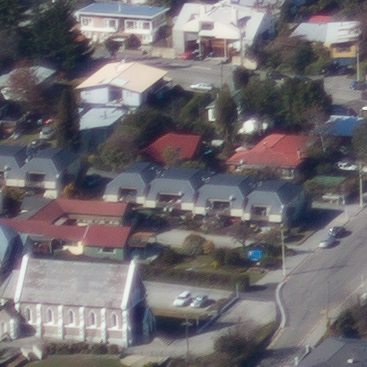 | ||
Canon EF 40mm f2.8 STM APS-C corner crop at f1.8 n/a | Canon EF 50mm f1.8 II APS-C corner crop at f1.8 | |
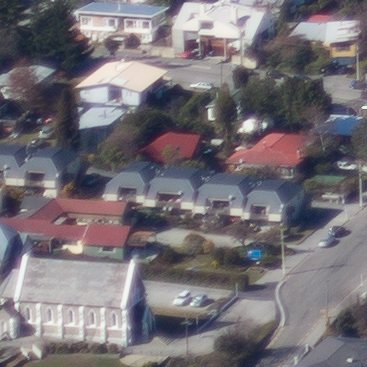 | ||
Canon EF 40mm f2.8 STM APS-C corner crop at f2 n/a | Canon EF 50mm f1.8 II APS-C corner crop at f2 | |
 | 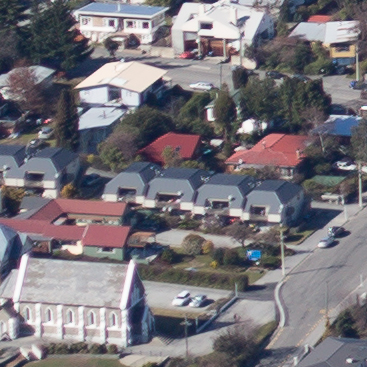 | |
Canon EF 40mm f2.8 STM APS-C corner crop at f2.8 | Canon EF 50mm f1.8 II APS-C corner crop at f2.8 | |
 | 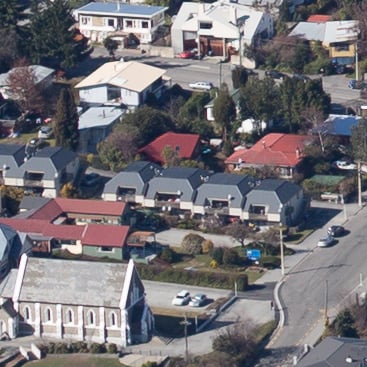 | |
Canon EF 40mm f2.8 STM APS-C corner crop at f4 | Canon EF 50mm f1.8 II APS-C corner crop at f4 | |
 | 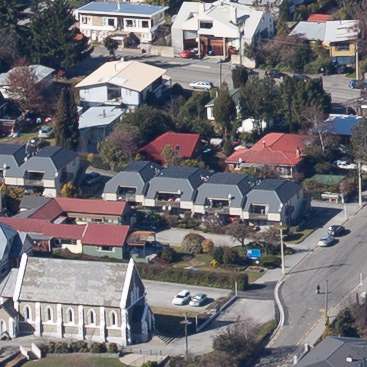 | |
Canon EF 40mm f2.8 STM APS-C corner crop at f5.6 | Canon EF 50mm f1.8 II APS-C corner crop at f5.6 | |
 | 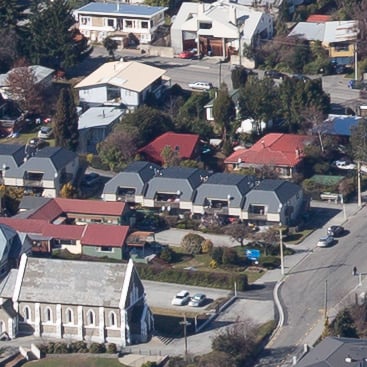 | |
Canon EF 40mm f2.8 STM APS-C corner crop at f8 | Canon EF 50mm f1.8 II APS-C corner crop at f8 |
| Canon EF 40mm f2.8 STM vs EF 50mm f1.8 center quality To compare the real-life performance of the Canon EF 40mm f2.8 STM against the EF 50mm f1.8 II, I shot this landscape scene with every aperture setting using a Canon EOS 5D Mark III mounted on a tripod.The EOS 5D Mark III was set to its base sensitivity of 100 ISO and the lens manually focused on the center of the composition using magnified Live View assistance.This final table compares the performance in the middle of the frame. This time the 40 and 50mm crops show the same region, but the latter is obviously more magnified. So while it’s not fair to compare resolved detail, we can still compare relative sharpness. I shot the scene using the Canon EOS 5D Mark III’s RAW mode and processed the files in Adobe Camera RAW (ACR) via Photoshop using the following settings: Sharpening at 70 / 0.5 / 36 / 10, Luminance and Colour Noise Reduction both set to zero, and the Process to 2012 with the Adobe Standard profile. The high degree of sharpening with a small radius enhances the finest details without causing undesirable artefacts. All lens corrections were disabled, so there’s no additional software compensation for vignetting, geometric distortion or chromatic aberrations. In the table below I’ve compared the quality in the middle of the frames. This time the areas roughly match, so much of the content is the same, although obviously we can’t directly compare them on resolved detail of the same subject as the 50mm is delivering a tighter view. But again we can look at the edges and details for a comparison of relative sharpness and aberrations. It’s not an ideal comparison, but still useful to compare their relative performance. 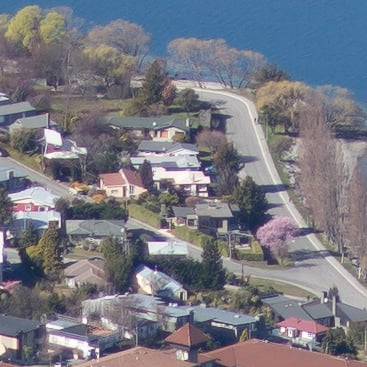 Both lenses perform very well in the middle of the frame, even when their apertures are wide open. The EF 50mm f1.8 II may be lacking a little contrast at f1.8 and f2, but by f2.8 it’s looking very good and there’s little benefit from closing any further. Meanwhile the EF 40mm f2.8 STM starts off looking great at f2.8, and again doesn’t benefit significantly from stopping down further. In terms of detail and sharpness I’d put both lenses pretty much neck-in-neck in the middle of the frame at f2.8, although again the EF 50mm f1.8 II has the advantage of a brighter aperture and its associated benefits in terms of depth of field. Certainly its crop at f1.8 proves you’d capture loads of crisp detail in a typical portrait shot with only a minor loss in contrast – and that’s not necessarily a bad thing on a portrait. Now let’s see how they compare in terms of depth of field in my Canon 40mm bokeh results. |
Canon EF 40mm f2.8 STM center sharpness Using Canon EOS 5D Mark III and Adobe Camera RAW | Canon EF 50mm f1.8 center sharpness Using Canon EOS 5D Mark III and Adobe Camera RAW | |
Canon EF 40mm f2.8 STM center crop at f1.8 n/a | Canon EF 50mm f1.8 II center crop at f1.8 | |
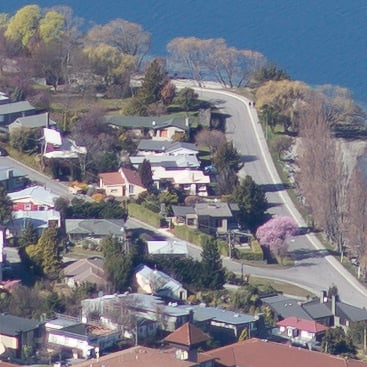 | ||
Canon EF 40mm f2.8 STM center crop at f2 n/a | Canon EF 50mm f1.8 II center crop at f2 | |
 | 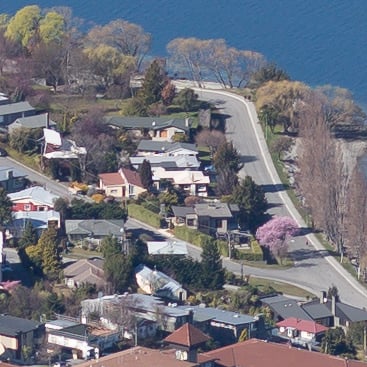 | |
Canon EF 40mm f2.8 STM center crop at f2.8 | Canon EF 50mm f1.8 II center crop at f2.8 | |
 | 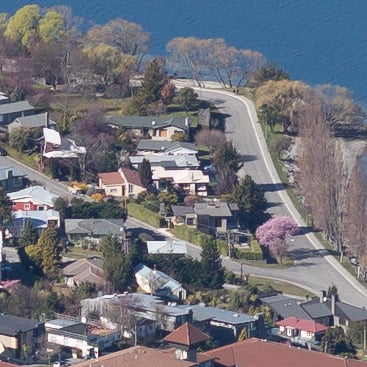 | |
Canon EF 40mm f2.8 STM center crop at f4 | Canon EF 50mm f1.8 II center crop at f4 | |
 | 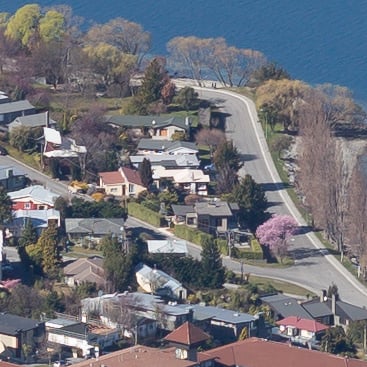 | |
Canon EF 40mm f2.8 STM center crop at f5.6 | Canon EF 50mm f1.8 II center crop at f5.6 | |
 | 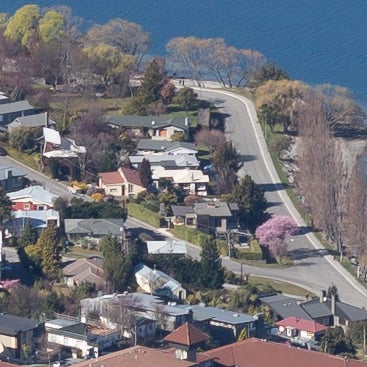 | |
Canon EF 40mm f2.8 STM center crop at f8 | Canon EF 50mm f1.8 II center crop at f8 |
Canon EF 40mm f2.8 STM vs EF 50mm f1.8 depth of field and bokeh
To compare the real-life depth of field of the Canon EF 40mm f2.8 STM against the EF 50mm f1.8 II, I shot this interior macro scene with every aperture setting using a Canon EOS 5D Mark III mounted on a tripod.The EOS 5D Mark III was set to its base sensitivity of 100 ISO and the lens manually focused on the napkin around the glass using magnified Live View assistance.I first took this composition with the 50mm lens, then switched to the 40mm and edged the camera forward until the glass was roughly the same size on the frame. As such the perspective has changed in the crops below.In the first row you can compare the EF 40mm f2.8 STM against the EF 50mm f1.8 II with their apertures wide open. While there’s been some motion in the background, it’s still very clear how much shallower the depth of field is on the 50mm compared to the 40mm.
The more distant dominos along with their box is much less distinct on the 50mm crop, and the glass jar behind them is considerably more blurred. Meanwhile the background is very blurred on the 50mm crop compared to the 40mm.
The second row compares them both with the aperture set to f2.8, and while the result is much closer than before, the 50mm still enjoys a visible edge, most apparent on the glass jar and in the background.
It’s not surprising to find the EF 50mm f1.8 II deliver a shallower depth of field than the EF 40mm f2.8 STM, as not only is its maximum aperture a stop and a bit brighter, but the focal length is a little longer too. The combination is much more confident at throwing the background out of focus, so if that’s your ultimate goal, then I’d recommend the 50mm over the 40mm.
But it’s not a completely one-sided argument. While there’s the temptation to shoot with the 50mm wide open for portraits, the 40mm obviously forces you (or the camera’s Auto mode) to start at a maximum of f2.8. If you do shoot at the maximum apertures, the 40mm’s larger depth of field will obviously be more forgiving on focusing. At times when the 50mm at f1.8 may not have both eyes on a tight portrait in sharp focus, the 40mm at f2.8 probably will. Of course you could shoot with the 50mm at f2.8 and enjoy a broader depth of field than at f1.8, but it’s a setting you’d need to change consciously.
It’s also worth noting that the EF 40mm f2.8 STM features seven aperture blades compared to five on the EF 50mm f1.8 II, which means the former will produce rounder, more natural-looking out-of-focus effects compared to the latter which can sometimes produce pentagon shapes. Neither will look as good as the EF 50mm f1.4 USM or EF 50mm f1.2L USM both of which share eight aperture blades along with brighter apertures, but seven versus five blades does give the EF 40mm f2.8 STM an advantage in rendering shapes over the nifty-fifty.
Now scroll down for my final verdict!
Canon EF 40mm f2.8 STM depth of field Using Canon EOS 5D Mark III | Canon EF 50mm f1.8 depth of field Using Canon EOS 5D Mark III | |
 |  | |
Canon EF 40mm f2.8 STM center crop at f2.8 | Canon EF 50mm f1.8 II center crop at f1.8 | |
 |  | |
Canon EF 40mm f2.8 STM center crop at f2.8 | Canon EF 50mm f1.8 II center crop at f2.8 |




